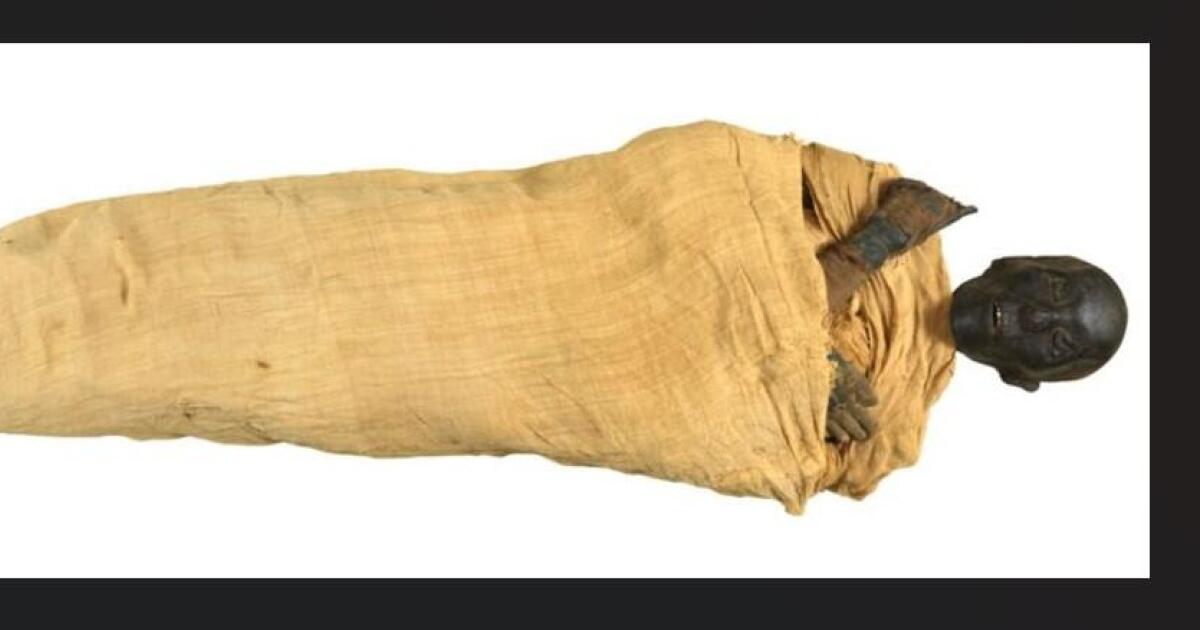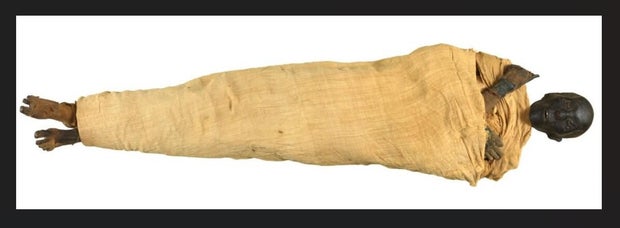
On Tuesday, Egyptian authorities revealed an exciting archaeological find: the tomb of King Thutmose II. This discovery marks the last of the previously lost tombs belonging to the kings of the Eighteenth Dynasty of ancient Egypt, a period that spanned over two centuries from approximately 1550 BC to 1292 BC. This is particularly significant as it is the first royal tomb unearthed since the iconic burial site of King Tutankhamun was located in 1922.
The collaborative efforts of an Egyptian-British archaeological team led to the unearthing of Thutmose II’s tomb in the Thebes region, located west of Luxor and close to the famous Valley of the Kings. Officials from the Egyptian Ministry of Tourism and Antiquities confirmed the site’s identity during excavations of a structure previously denoted as tomb No. C4.
Initially found in 2022, the entryway and main corridor of the tomb revealed intriguing features, prompting continued excavations that further clarified its historical significance.
Dr. Mohamed Ismail Khaled, Secretary-General of Egypt’s Supreme Council of Antiquities, indicated that when the entrance was first discovered nearly three years prior, there was speculation it might belong to one of the royal consorts due to its location near the tomb of King Thutmose III’s wives and the nearby burial site of Queen Hatshepsut. Hatshepsut, who was initially prepared for burial as a royal spouse, later ascended to the throne and ultimately found her final resting place in the Valley of the Kings.
As the excavation progressed, the mission team discovered crucial artifacts that ultimately identified the tomb as belonging to King Thutmose II. Remarkably, it appears that his burial rites were conducted by Queen Hatshepsut, who was his wife and half-sister.
Inscriptions from alabaster vessels uncovered at the site clearly reference King Thutmose II as the “deceased king,” alongside mentions of Hatshepsut, further affirming the tomb’s ownership. Khaled regarded this as one of the most significant archaeological discoveries of recent years, enriching our understanding of the history and reign of Thutmose II.
The mummy of King Thutmose II was previously discovered in the 19th century at the Deir el-Bahari Cachette, likely relocated there after being looted. It is currently showcased alongside other ancient royal mummies at the National Museum of Egyptian Civilization.
Unfortunately, Thutmose II’s tomb has faced significant preservation challenges, primarily due to flooding shortly after his death, as noted by Mohamed Abdel Badie, Head of the Egyptian Antiquities Sector at the Supreme Council of Antiquities. Preliminary analyses suggest that many of the original artifacts were also removed following these ancient floods.
Excavators found remnants of mortar within the tomb that featured faded blue inscriptions and yellow stars, including text excerpts from the “Book of Imydwat,” a crucial funerary text intended to guide the deceased through the afterlife.
Dr. Piers Litherland, leading the British team involved in the excavation, noted that the tomb showcases a straightforward architectural style, a common choice among the subsequent Egyptian rulers. He mentioned that the mission will persist in its exploration to locate any remaining items from Thutmose II’s tomb and to uncover other long-hidden secrets beneath the sands.












